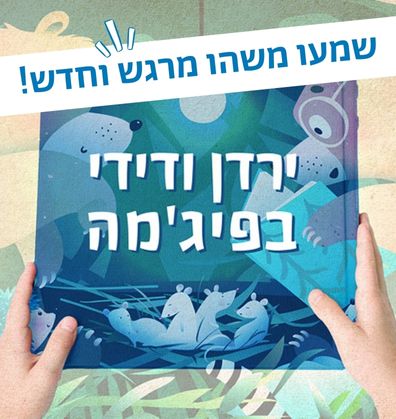מְקוֹרוֹת וְתַרְבּוּת
ארץ ישראל
הנופים, השבילים, הטיולים, חגיגת העצמאות – הם אשר יוצרים את החיבור ואת הזיקה בין הילדים לבין ביתם, ארץ ישראל. אל סיפורים נהדרים שעוסקים בנושאים אלו, מתווספים סיפורים על הגעגועים ועל הכיסופים למולדת, אשר טווים חוט של אהבה ושל שייכות למקום בקשר בין דורי.
סְּפָרִים
Book-Related Family Activities
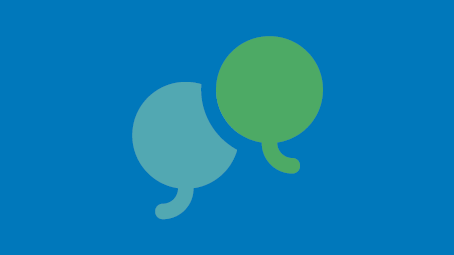
One “Language” at Home – Another in Kindergarten
This book exposes children to an exciting period in history, and invites a discussion of their feelings in day-to-day situations. You can discuss with your children and ask: Why was Milka concerned and indecisive on the night before Baron de Rothschild’s visit? What do you think of the choice she made? Are there rules in kindergarten that differ from the ones you have at home too? Which ones?

How Do We Say it in Hebrew?
to the page containing the words that Mr. Yudilovitz, the teacher, sent to his friend, and try to pronounce them, or even use them in a sentence: “Can you pass me the Handtuch, please?” How about thinking together about all the non-Hebrew words we use in our daily lives and what their Hebrew alternatives are? You can try to invent new Hebrew words together too.
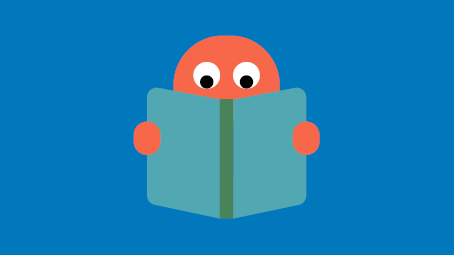
Looking for the Donkey
Have you noticed the grey donkey that appears in almost every illustration? The illustrations in this book are full of details, color, and text. You can pause on each page, look at the illustrations, and discover the things that interest you, while searching for the little donkey that accompanies this entire story.
Listen to the Story
Would you like to hear Milka speak Hebrew? Scan the code and listen to this book on the Sifriyat Pijama podcast.
A discussion on old wives’ tales
Stories about grandparents’ own childhoods, stories about the items they had that are no longer used, or perhaps some other story? – Following this book, you may want to sit and talk to your grandma or grandpa, and hear stories about the past from them.
Listening to a story
Would you like to hear Grandpa tell this story? Please scan the QR code and listen to this book, with a few exaggerations.
A game of “The best”
Grandpa has the loudest laugh and the most interesting stories, and what are you “best” at? – Take turns talking about yourself, and saying what you do best. Next, take turns talking about the person sitting next to you, and what they’re the best at – but only the good things!
Dancing in a circle
Why is everybody dancing? Because the State of Israel was established, and it’s a great reason to dance! Do you know how old Israel is now? How many years ago was it established?
Perhaps you would also like to dance together to the music, and dedicate a dance to someone or something that has happened.
A little advice for family reading
Children “read” illustrations, and notice details that do not appear in the text. You could join them while reading by looking at the illustrations too, and discovering how they add interesting, surprising details to the written story, perhaps even telling another one in lines and color.
A discussion on travel through photographs
Where have you traveled to, and where would you like to go? You may enjoy looking at family photos together, and reminding one another of trips you have taken, and your favorite spots to visit. Have you found a place to which you have yet to travel, and would like to go to in future?
Singing to the Sea of Galilee
In Hebrew, the Sea of Galilee is called Kinneret, and it is featured in a well-known song by the name of Shiri Li Kinneret [Sing to Me, Sea of Galilee]. Would you also like to sing the Sea of Galilee a song? Scan the QR code and sing along!
Who or what is in the illustrations?
Is it a buffalo? A fox? A sea turtle? Look closely at the illustrations and get to know animals that live in various parts of Israel. You, parents, can say the name of the creature, and help your children find it in the book. You could also suggest that your child look for more information in additional resources, and increase their knowledge on the various animals.
A game of “Land, Sea (of Galilee)”
Place a piece of rope on the ground and decide which side of it is the Sea of Galilee and which is the land. One player will call out “Sea of Galilee” or “Land”, and the others will jump to the correct side. You can even add names of animals, for instance, “Sea of Galilee Duck”, and then jump to the Sea of Galilee side while quacking.
Discussion
You may want to discuss your experience of acquiring Hebrew: What were the first words you said as toddlers? Did you invent any words? Do you, parents, know what the first words you said were? Did you acquire another language? If you learned to speak Hebrew at a later stage, you could discuss the experience of learning the language, and discover what language you speak when you dream at night.

A family dictionary
Which word does your family like, and why? Are there any words that you have invented, and only your family members understand? Perhaps some of those words have a special story behind them? You may enjoy collecting stories from family members: a word of friendship, a special term of endearment, or secret family codeword.

Name, place, animal, thing (a game)
In Hebrew the game is called Chai, Tzomeach, Domem (animal, vegetable, thing). Select a letter, and participants must name animals, vegetables and things starting with the letter selected.
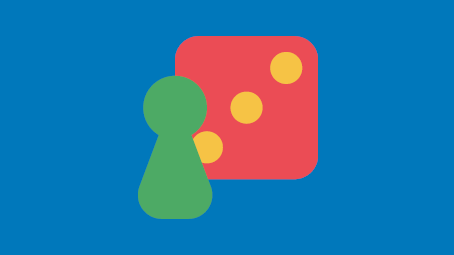
Haftaa [surprise], boreg [screw], glida [ice cream]
Rakevet [train], mapuhit [harmonica], and kruvit [cauliflower] are just some of the words that Eliezer Ben Yehuda invented. Others appear on the second to last page of this book. You could take turns to choose two words from this page and use them in a sentence: a sentence containing the words haftaa [surprise] and ganenet [kindergarten teacher], or ganenet [kindergarten teacher] and tizmoret [orchestra], or how about tizmoret [orchestra] and nazelet [nasal mucus]? Do you think you could put a small story together featuring all the words on this page?

The revivers of the Hebrew Language
Rabbi Yechiel Michel Pines (1843–1913) was involved in the purchase of lands, setting up the Academy of the Hebrew Language with Eliezer Ben Yehuda. Rabbi Pines invented new Hebrew words, such as agvania [tomato] and shaon [clock/watch].
Nissim Behar (1848–1931) founded the Torah Umelacha School in Jerusalem where Hebrew was taught in Hebrew. Eliezer Ben Yehuda was a teacher at this school.
Hayim Nahman Bialik (1873–1934) – the national poet was a key activist at the Academy of the Hebrew Language, inventing professional terms in fields such as music and the playing of musical instruments. Matos [airplane], matzlema [camera], and etzbeoni [thimble] are some of the words he invented.
Many others actively contributed to the revival of the Hebrew language. You could learn more about them by visiting the Academy of the Hebrew Language website.
Proposed Family Activities:
- You may want to look at the illustrations together, and suggest that your child describe what the chairs turn into throughout the book.
- While reading the story, you may want to pause before the children reach one of the stops, and ask your child to guess, based on the rhyming scheme – where the children will end up.
- Have you ever visited the cities mentioned in the book? Perhaps you could look at the illustrations, and use them to describe the special features in each of the locations. You could also look for more images of these sites online, and compare them with the illustrations in this book.
- Like the children in the story, you could also let your imagination run wild, and transform the chairs around your home into different things. A chair covered with a blanket could become a tent, or a secret cave.
- You could go on a trip nearby. Choose your destination with your child, pack some snacks, invite some friends, and go on an afternoon excursion. You could even have a picnic, so that “by the time you get off the cloud, lunch will be ready”.
- Where is Tel Aviv? And where is Jerusalem? Where are the mountains, the Sea of Galilee, the Mediterranean, and the Red Sea? Perhaps you could open a map together, and mark the places where you and your extended family live, places you have visited, and places you would like to visit as a family.
Family Activities:
Open your eyes and look around… Good people can be found everywhere, but we don’t always notice them. You can discuss with your children who the “good people” are in your lives and what makes them good. You might want to prepare a booklet and ask your children to draw the good people who surround you: family, friends, neighbors, teachers etc.
Invite your children to take a close look at Yossi Abulafiya’s illustrations of the song. How many “good people” can you find on each page? What are they doing?
Are you acquainted with other songs by Naomi Shemer? Do your children know them as well? This is an opportunity for you to teach your children a new song. Together you can prepare a song book of songs you love, and organize a sing-along with family and friends.
You can create your own special rose-colored binoculars, through which the world looks positive and rosy. Take two empty toilet paper rolls,you’re your child to decorate them and attach them to one another with glue. At one end of the rolls attach pink-colored cellophane wrap, and take a good look around you!
Does your child know the way to kindergarten? Together you can draw a map of the road from your home to the classroom, adding images of “good people” along the way.
You and your children can take a walk in the neighborhood and be “good people” for others! Before setting out, try to think of things good people would do (for example, watering a dried-up plant, feeding crumbs to hungry birds, greeting people with a smile and a warm “shalom!”…)
Who are the “good people” you met today? You may want to initiate a family bedtime tradition of reflecting and remembering all the good people and things you encountered during the day. Be sure to mention ways in which you were “good people” for others as well!
A Good Eye
2000 years ago Rabbi Yochanan Ben Zakkai asked his pupils to suggest what aids a person in walking the proper, righteous path through life. His pupils looked around and saw good and righteous people of different sorts:
[Rabbi Yochanan] said to them: Go and see which is the best trait for a person to acquire. Said Rabbi Eliezer: A good eye. Said Rabbi Joshua: A good friend. Said Rabbi Yossei: A good neighbor. Said Rabbi Shimon: To see what is born [out of ones actions]. Said Rabbi Elazar: A good heart.
Rabbi Eliezer said that the good path is in the eye of the beholder. One who has a good eye sees the good and righteous in others, and acts so himself. Rabbi Joshua and Rabbi Yossei stressed the importance of those who share our path – friends and neighbors. Rabbi Shimon recommended examining one’s actions in light of their future consequences, and Rabbi Elazar said that it all begins with what is in one’s heart.
Naomi Shemer suggests that we open our eyes and see those who share the righteous path, in order to learn from them so that we too can be “good people” on the positive, righteous and pleasant path of life.

 The Girl From The Golden Sands
The Girl From The Golden Sands 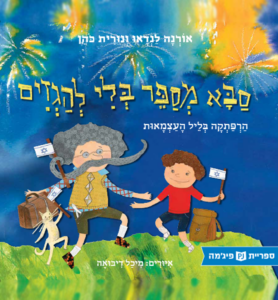 Grandpa Tells an Unexaggerated Story
Grandpa Tells an Unexaggerated Story 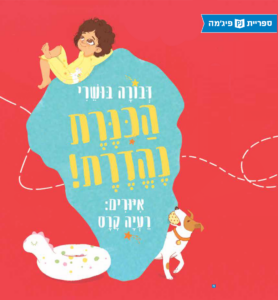 The Sea of Galilee is Fantastic
The Sea of Galilee is Fantastic 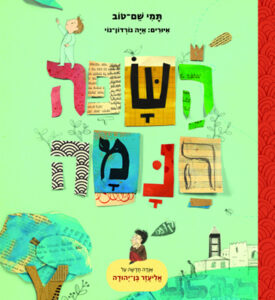 The Sleeping Language
The Sleeping Language 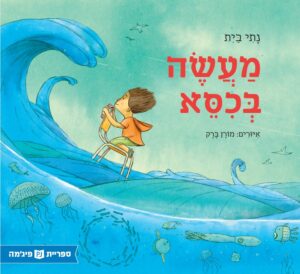 About a Chair
About a Chair 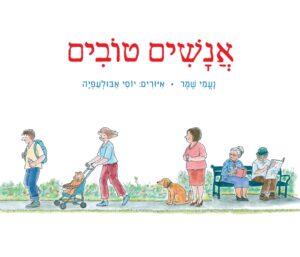 Good People
Good People 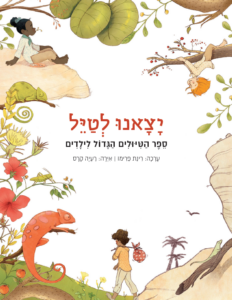 The BigBook of Trips
The BigBook of Trips 


